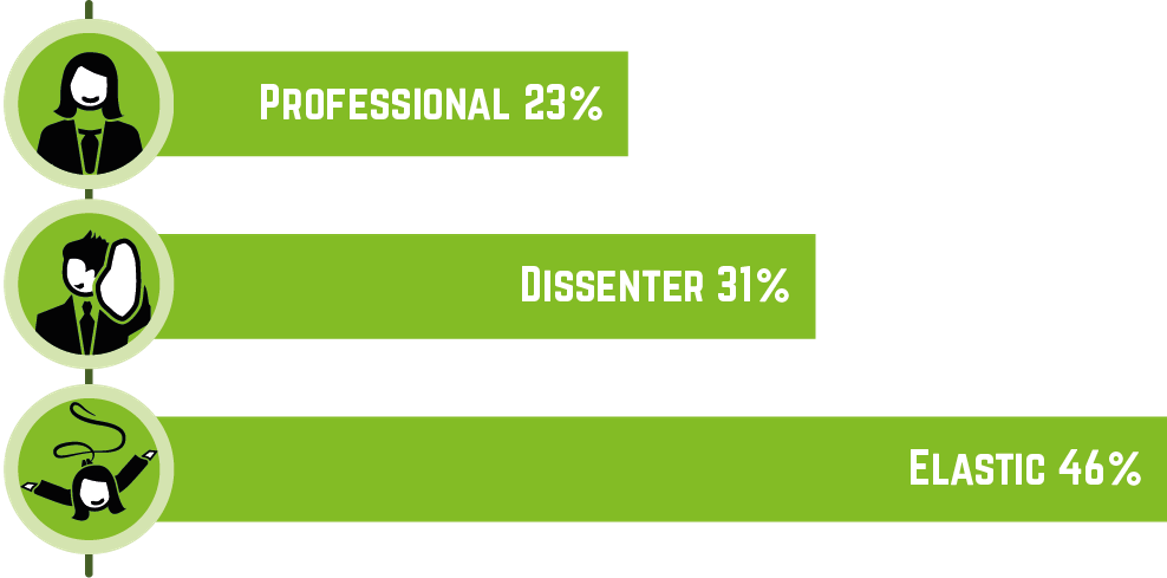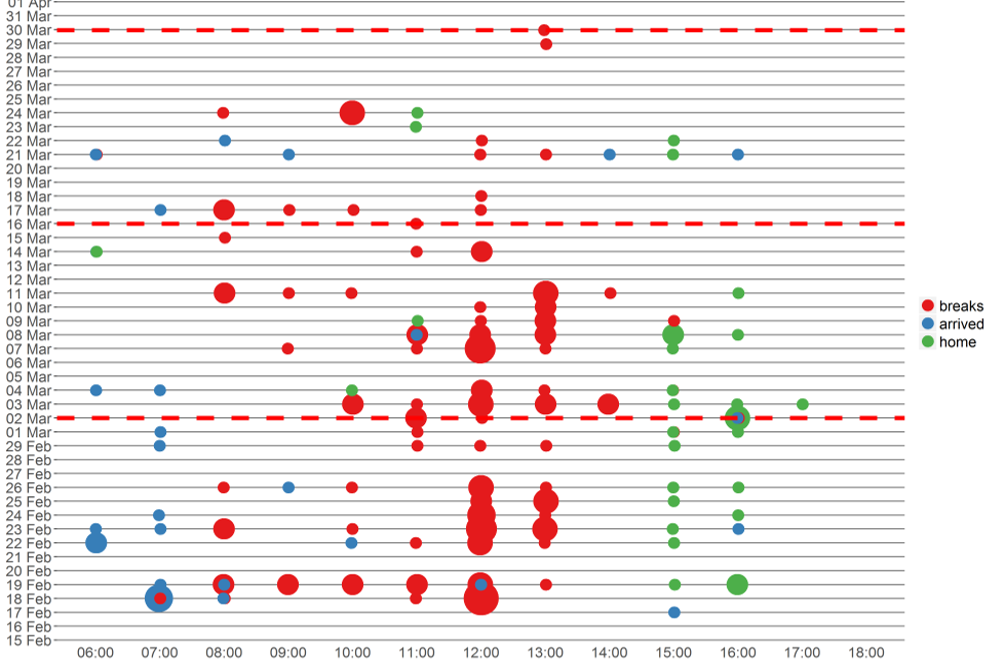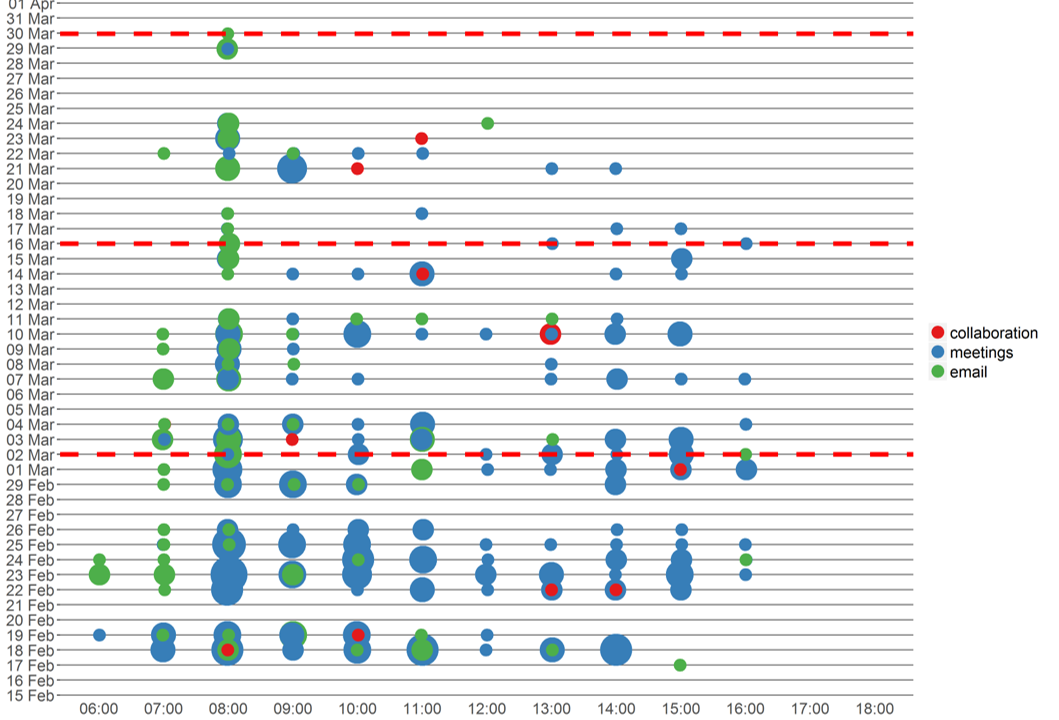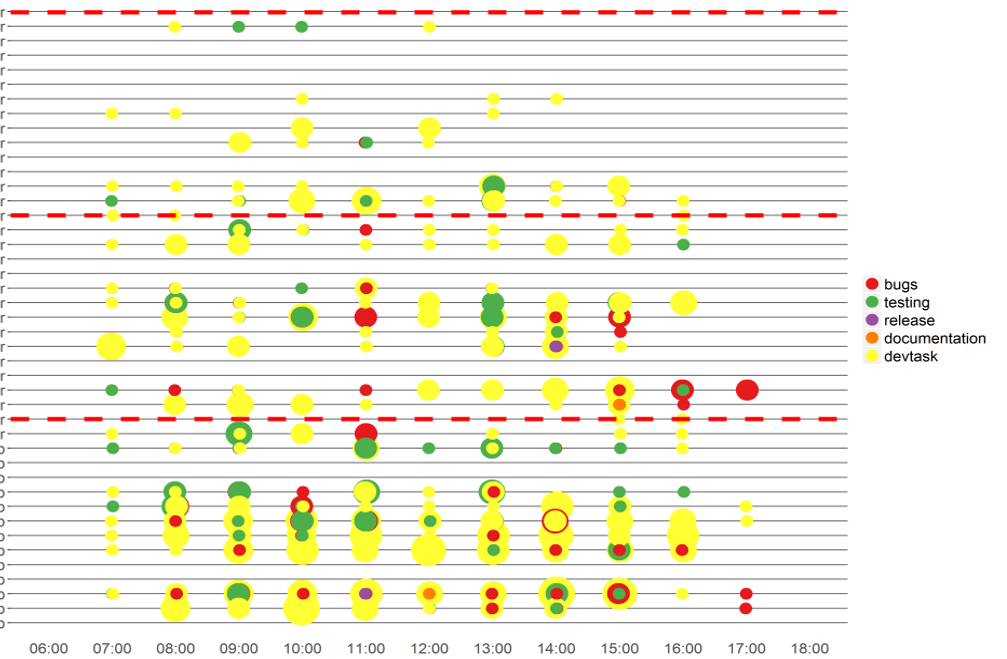Engineering Process Review
Businesses often pose the question "why aren't my teams delivering at the speed we need?" In addition to looking at the tools and technology used by the team, it is also necessary to understand where inefficiencies exist within the team's daily work cadences, which can often be quite subtle and difficult to identify.
We apply our standard data science methodology to investigate this business problem. Non-intrusively gathering simple metrics, we characterize processes and dynamics, providing observations and recommendations to help you to understand how to unblock and unlock the potential in your teams.
The process
The process is simple - we'll use messaging tools, such as Slack or Teams, to simply ask team members what they've been doing, at regular intervals throughout the day.
The responses are captured and combined with data from additional sources, such as project management tools or source code repositories for analysis and observation. A variety of data science techniques are applied to make sense of the data, for example text classification and sentiment analysis, and the process is refined as hypthoses are formed throughout the engagement.
Analysis
Every team within every organization is different, so we start without preconceptions of what we'll find. We use the information gathered to form a picture of the teams, what they're working on, and how it's being delivered, based on the following areas:
Logistics: Is there a "typical" working day and, if so, what does it look like?
Development Process: Is there a specific software development process or project management methodology being applied, and to what effect? How is the work being managed and how are changes committed?
Communication: How do teams collaborate internally and with each other?
Preparation: How is work planned and allocated within and amongst the teams?
Impediments: What happens when things go wrong or prevent progress?
The results
In previous engagements, we've made observations about people, teams, process and technology. They have been used by management teams to make the right investments in the right areas – in career development, training, leadership and tools.
The following examples are from an in-depth Engineering Process Review analysis performed for a previous customer:

Distinct behaviour types were identified within the team, and categorised those that were key influencers, and those that needed intervention or strong leadership to enculturate change.

The hypothesis that key roles had the most impact on performance was also proven in the data when observing differences across teams in behaviour types associated with roles.

Irregular and unpredictable working patterns were creating inefficiencies in delivery process.

A culture of meetings was having huge impact on team performance and output.

Perceived issues in product quality were explained by the absence of a well integrated, iterative and incremental testing process.